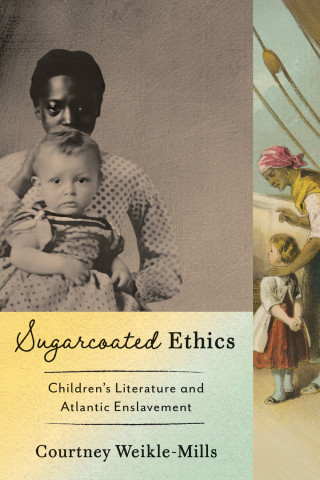
Reviews
An impressive display of Sha’s masterful grasp of a wide range of scholarly literature, and a provocative thesis that will be of interest to academics in all three fields.
Sha brings to these topics a keen intelligence buttressed by up-to-the-minute scholarship... He dazzles by the quantity and breadth of his reading and embodies the best interdisciplinary approaches so many scholars tout but rarely incorporate.
His theoretical insights come together with acute readings and strong historical research.
Richard C. Sha's fine study takes Byron's theme of 'perversion' in a different direction from the ethical, demonstrating how Romantic medical writing about the perverse influenced literary Romanticism.... Fascinating book.
Stunningly brilliant and original... a distinguished work that is well worth reading.
Strong scholarship.
An engaging study.
Sha's work... with its rich and engaging cultural context, significantly broadens and deepens our understanding of Romantic-era sexuality.
Sha's scholarship on behalf of perversion is formidable, and makes for fun reading.
With breathtaking scholarship, solid erudition, and distinctively clear prose, Richard Sha shows us the place of perversity in Romantic aesthetics. He links aesthetics and sexuality by showing how 'resistance to function can be the basis of a meaningful critique of society.' By linking these previously binarily opposed terms, Sha is able to embrace the perverse and show us how it becomes a central motivating force behind Romantic thought. As a result Romanticism is reimagined here, as Sha says, 'from the ground up.' This is a groundbreaking study that will change our understanding of the major Romantic writers and the field of Romanticism itself.
Sha addresses the ways in which Romantic literature advocated purposelessness in both aesthetics and sexual pleasure: art for art's sake and sex for the sake of sex. His analysis is original and insightful.
Book Details
Acknowledgments
Introduction
1. Romantic Science and the Perversification of Sexual Pleasure
2. Historicizing Perversion: Perversity, Perversion, and the Rise of Function in the Biological Sciences
3. One
Acknowledgments
Introduction
1. Romantic Science and the Perversification of Sexual Pleasure
2. Historicizing Perversion: Perversity, Perversion, and the Rise of Function in the Biological Sciences
3. One Sex or Two? Nervous Bodies, Romantic Puberty, and the Natural Origins of Perverse Desires
4. The Perverse Aesthetics of Romanticism: Purposiveness with Purpose
5. Fiery Joys Perverted to Ten Commands : William Blake, the Perverse Turn, and Sexual Liberation
6. Byron, Epic Puberty, and Polymorphous Perversity
Notes
Works Cited
Index





